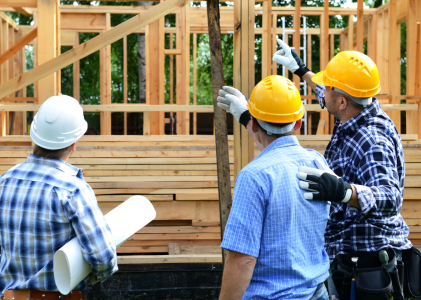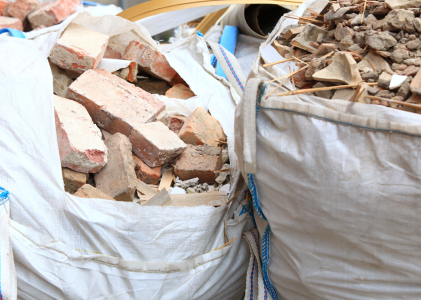Sustainability has become one of the most significant buzzwords of our time and for a good reason. With global warming and climate change on the rise, it’s only natural that every industry is now striving toward sustainability. The construction industry is one such industry, and it’s about time we start focusing on construction sustainability. Construction sustainability has become an increasingly crucial topic worldwide and for good reasons. It’s not just about the environment; it’s also economically smart. In this blog post, we’ll explore the importance of construction sustainability and why construction company owners should focus on adopting sustainable practices.
Environmental Impact
The environmental impact of construction is significant – around half of all the world’s carbon dioxide emissions come from the building sector. The construction industry is responsible for the destruction of natural habitats, air pollution, and the depletion of natural resources. Sustainable building practices, such as using recycled materials, reducing energy consumption, and minimizing waste, can all help to reduce the industry’s negative impact on the environment. Companies who take responsibility for their environmental impact are more likely to attract eco-conscious clients, which is great for business.
Reducing Costs
Sustainability measures in construction can significantly reduce costs and improve profitability. Adopting measures such as energy-efficient design, alternative energy sources, and sustainable materials can save money on energy bills, reduce materials’ costs, and increase productivity. Creating sustainable buildings also requires thoughtful planning into how materials and resources are sourced, reducing excess waste and improving operating efficiencies.
Positive Public Reputation
Companies that implement sustainable practices into their business are more likely to be perceived positively by the public, which can indirectly attract clients who are keen to work with businesses that demonstrate responsibility for their environmental impact. A strong public reputation can lead companies to be recognized as a leader in the industry and attract new partners who are keen to collaborate on impactful, sustainable projects.
Improved Health and Safety
Sustainable construction practices lead to the development of safer working conditions, improving the health and well-being of workers. Buildings that are designed to be energy-efficient, for example, provide better indoor air quality, enhanced lighting, and temperature control, all of which improve the worker’s physical and mental health.
Vital Development for the Future
Sustainability is vital for the development of and the future of our environment. As our population grows and resources become more limited, sustainable construction practices become increasingly important. By thinking sustainably now, we’re acting responsibly not just for ourselves, but for future generations.
Conclusion
Construction sustainability is not just an eco-friendly approach but a smart business strategy. Sustainable construction practices can reduce the impact on the environment, which is great for the planet and attract clients who embrace an eco-conscious lifestyle. It also helps companies save costs and improve profitability while improving the efficiency and safety of construction processes. Implementing sustainable practices in your construction business will help establish a positive public reputation and build a long-term trusted business relationship with your clients. Sustainability is vital for the future growth of our environment, and it’s time we bring sustainability to the forefront of the construction industry. Let’s establish sustainable practices in our construction companies and pave the way for a greener, better future.
Plumbing is an essential part of construction and is often overlooked when discussing sustainability. However, using sustainable materials and practices in plumbing can have a significant effect on the environment. By utilizing technology such as low-flow fixtures, water-conserving valves, and greywater systems, more water can be saved while still providing the necessary services to the construction site. Mike’s Plumbing of SWFL is looking into how they can use sustainable materials in future projects.…






